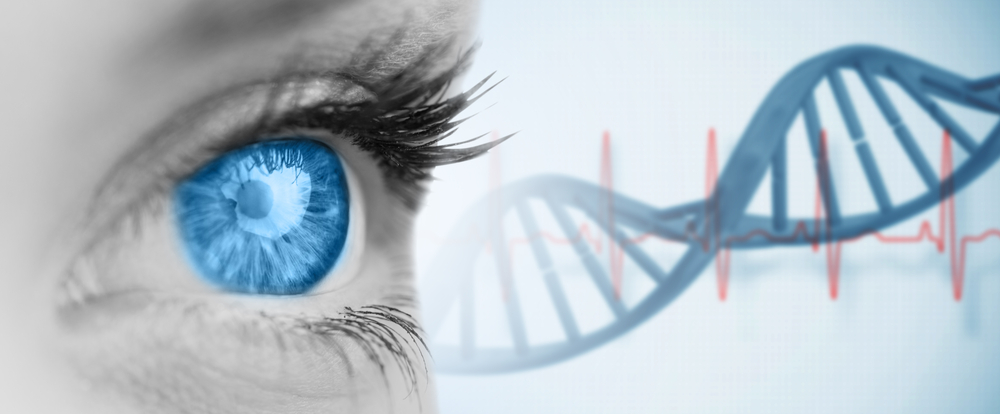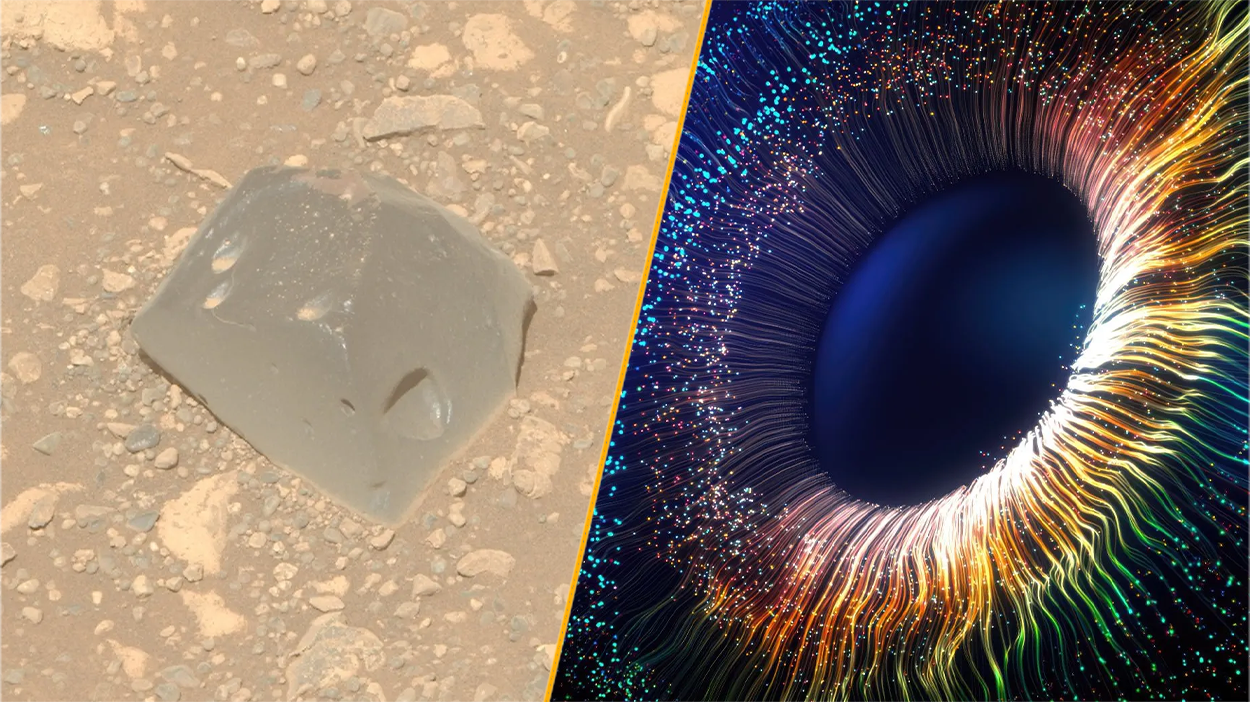1-in-3 Risk of Breast Cancer Found in Women with Rare Mutation

Women who have mutations in a gene called PALB2 have a 1-in-3 chance of developing breast cancer, a new study suggests.
Researchers found that women who carry a rare mutation in the gene PALB2 were, on average, 35 percent more likely to be diagnosed with breast cancer by age 70, compared with women who don't carry mutations in this gene.
"The PALB2 gene was first identified in 2006 and linked to breast cancer in 2007," said study author Dr. Marc Tischkowitz, a lecturer in cancer genetics at the University of Cambridge School of Clinical Medicine in Cambridge, England. "But until now, we have not had good breast cancer risk estimates for women who have inherited PALB2 mutations," he said. [6 Foods That May Affect Breast Cancer Risk]
PALB2 mutations are rarer than mutations in the more well-known genes BRCA1 and BRCA2, two abnormal genes that have been linked with inherited cases of breast cancer and were discovered in the 1990s.
To estimate how susceptible women are to breast cancer from inheriting the PALB2 mutation, the new study analyzed data from 362 women and men from 154 families who carried mutations in the PALB2 gene, but not in the BRCA1 or BRCA2 genes. The families were recruited from 14 research centers in eight countries, including the United States, Canada, England, Italy, Australia, Finland, Greece and Belgium.
The study also provided cancer risk estimates for male breast cancers and ovarian cancers, two cancers also linked with the PALB2 mutation.
This is the largest study to date to provide accurate risk estimates for PALB2 mutation carriers, Tischkowitz said.
Sign up for the Live Science daily newsletter now
Get the world’s most fascinating discoveries delivered straight to your inbox.
The findings are published online today (Aug. 6) in the New England Journal of Medicine.
Breast cancer genetics
The PALB2 gene gets its name from being a "partner and localizer" with the breast cancer gene BRCA2, meaning that PALB2 provides instructions to make a protein that works with the BRCA2 protein, to repair damaged DNA and stop tumor growth.
The analysis found that women with the PALB2 mutation had, on average, about a 35 percent chance of developing breast cancer by age 70. However, that risk jumped to nearly a 6-in-10 chance (58 percent) by age 70 in women who had a strong family history of breast cancer, such as those with both a mother and a sister affected by the disease before age 50.
In comparison, women who have BRCA1 gene mutations have a 50 to 70 percent chance of developing breast cancer by age 70, while those with BRCA2 mutations have a 40 to 60 percent chance of getting breast cancer by the time they're 70, according to the Susan G. Komen Foundation.
Current U.S. estimates suggest that 5 to 10 percent of all breast cancers in women are inherited.
The study results give physicians better cancer-risk estimates, to provide more accurate advice to women who have inherited PALB2 mutations, Tischkowitz told Live Science. Doctors may, for example, recommend increased cancer surveillance to women identified as having the abnormal gene, he said. It may also mean that genetic testing could be offered to a woman's relatives, to see whether they have inherited the mutation, Tischkowitz said.
He explained that until a few years ago, labs tested only for BRCA1 and BRCA2 genes. But with new technology, it's easier for breast cancer gene panels to routinely test for PALB2 mutations, along with 10 to 20 other possible genes that might be linked with breast or ovarian cancers.
The study also found that breast cancer risk was higher in younger women with PALB2 mutations, who were born after 1960, compared with older women born before 1940, and those born between 1940 and 1959 who also had the mutation.
"The reason for this increase is unclear," Tischkowitz said, "but a similar phenomenon is seen in BRCA1 and BRCA2 mutation carriers."
He said it may partly reflect the general increase in breast cancer rates seen over the last few decades, as well as better surveillance methods to detect the disease.
The study findings add to researchers' understanding of inherited breast cancers, Tischkowitz said.
"And it puts PALB2 firmly on the map as an important breast cancer gene after BRCA1 and BRCA2," he added.
Follow Live Science @livescience, Facebook & Google+. Original article on Live Science.
Cari Nierenberg has been writing about health and wellness topics for online news outlets and print publications for more than two decades. Her work has been published by Live Science, The Washington Post, WebMD, Scientific American, among others. She has a Bachelor of Science degree in nutrition from Cornell University and a Master of Science degree in Nutrition and Communication from Boston University.










